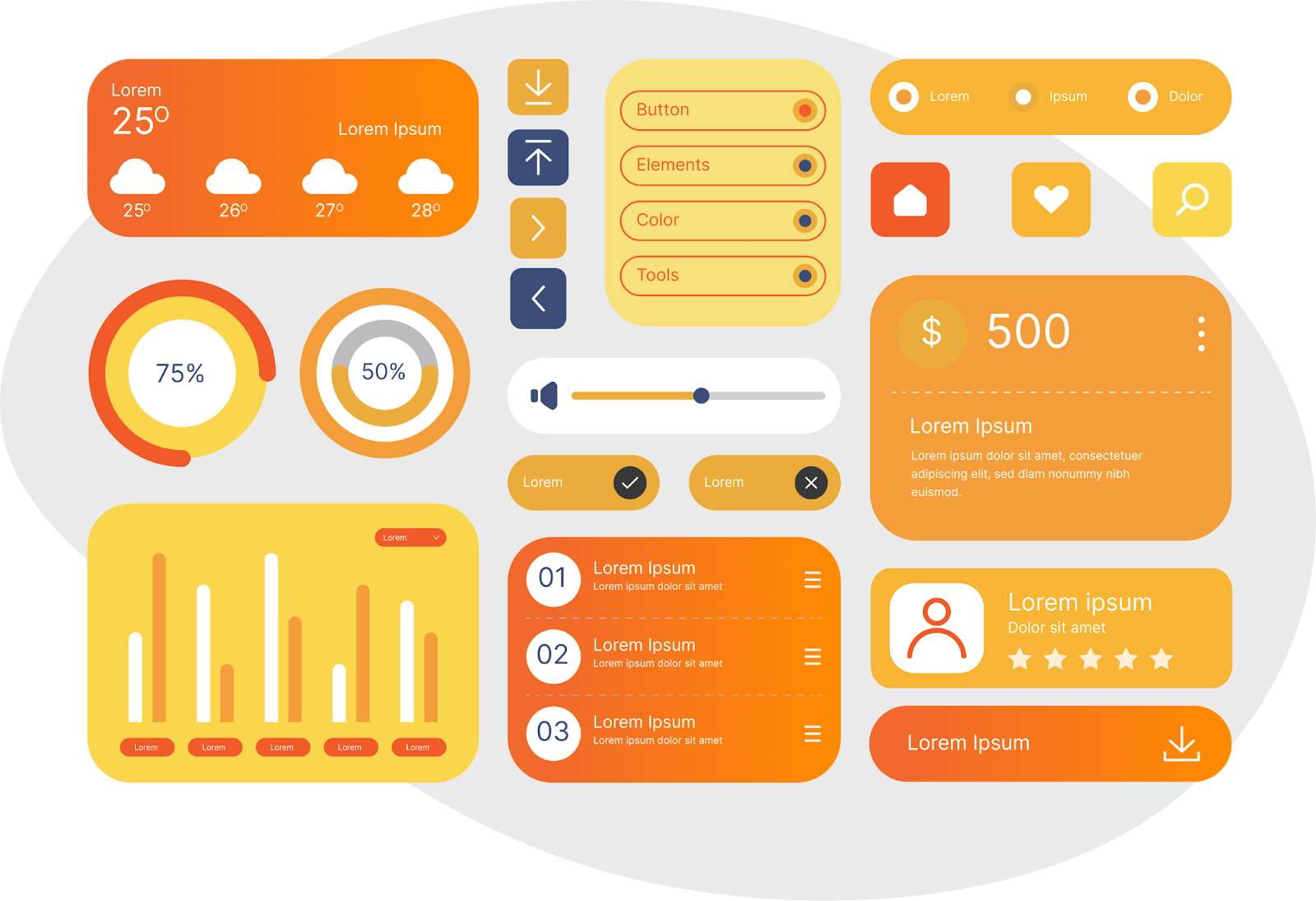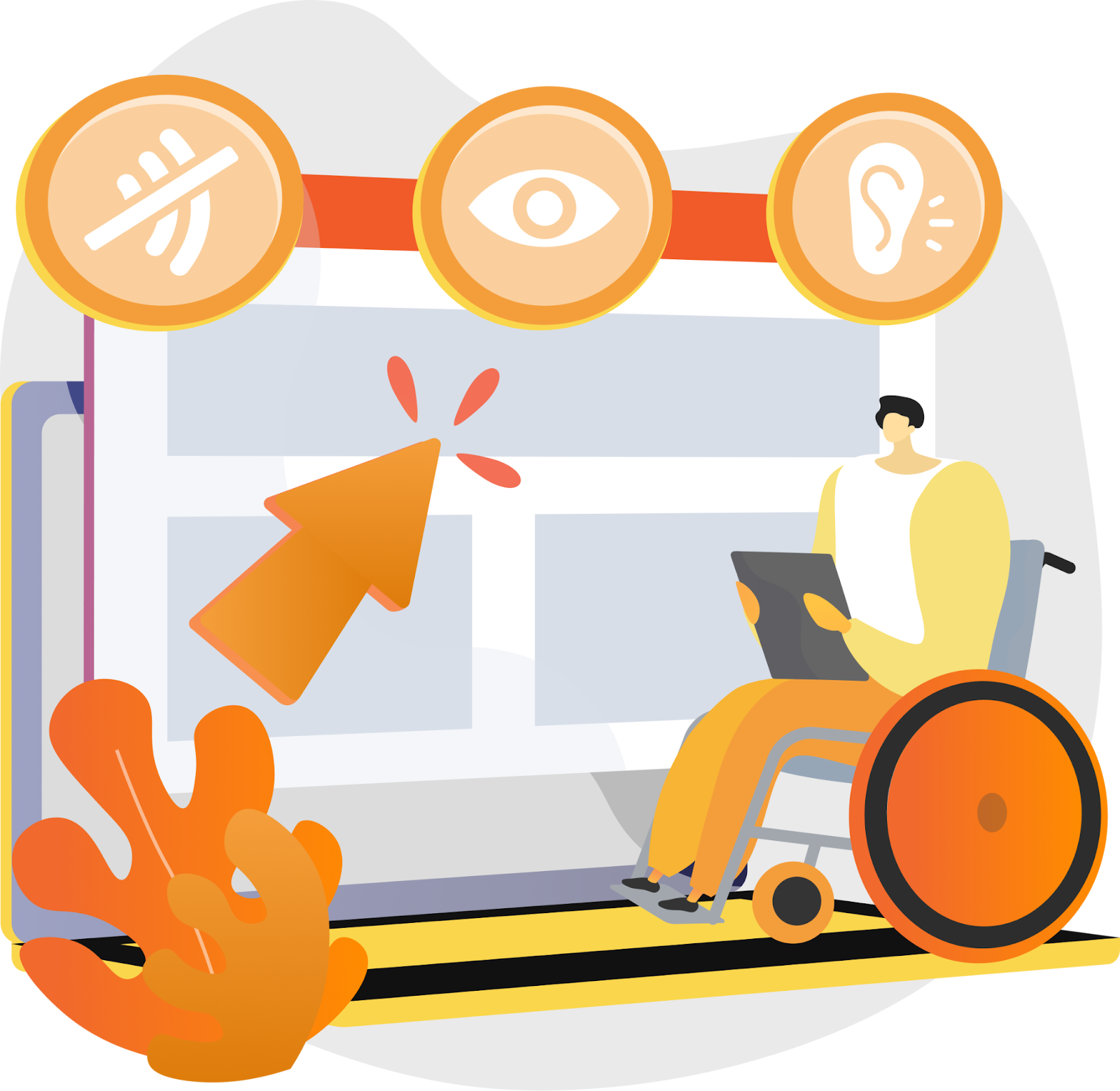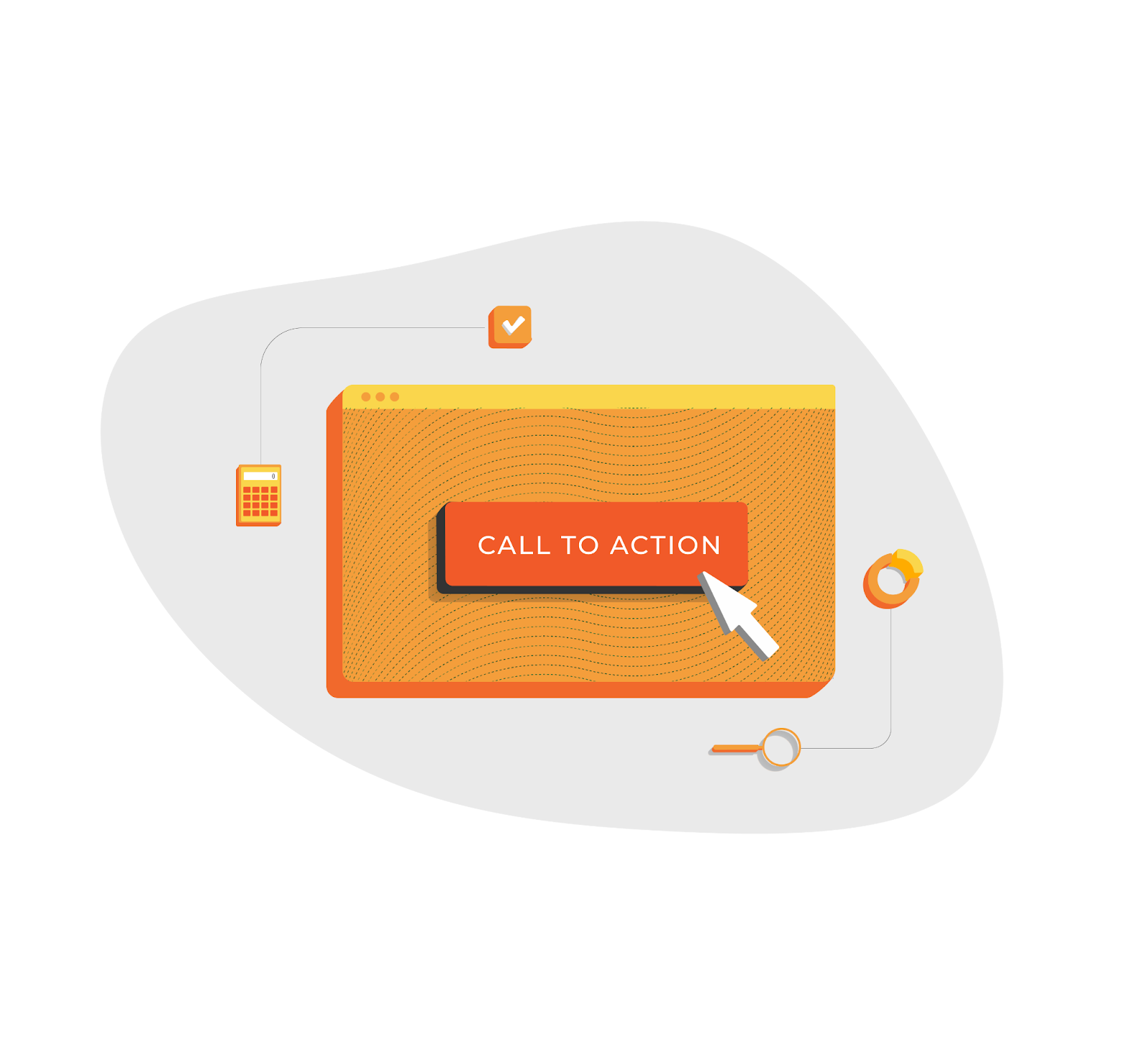Common UX Mistakes and How to Avoid Them
Each digital product must have a flawless user experience (UX) to be successful. User annoyance, low interest, and even app or website abandonment can result from poor user experience (UX). Here are some typical UX problems and advice on how to prevent them to assist you keep out of these traps.

1. Ignoring User Research
Mistake: One of the most common UX mistakes is ignoring user research or depending only on presumptions about what users need and want. If you don’t know who you
target market is, you run the danger of creating a product that falls short of their expectations.
Solution: Before beginning the design process, go out in-depth user research. To learn more about the habits, preferences, and problems of your users, do usability tests, surveys, and interviews. Update your research frequently to reflect evolving user needs.

2. Overcomplicating the User Interface
Mistake: An interface that is excessively complicated or has too many aspects might overwhelm people and make it challenging for them to use your product.
Solution: Reduce clutter and give priority to the things that are most important to your design. Use whitespace wisely and adhere to the “less is more” approach to give your interface a tidy, well-organized appearance. Make sure consumers are not overloaded and can quickly locate what they need.

3. Neglecting Mobile Responsiveness
Mistake: Creating an application or website that is optimized for desktop use alone can drive away a significant percentage of your user base, particularly given the growing trend of mobile usage.
Solution: Use responsive design concepts to make sure your product functions flawlessly on all kinds of platforms, including PCs, tablets, and smartphones. To guarantee a consistent user experience, test your design across a range of screen sizes and orientations.

4. Inconsistent Design Elements
Mistake: Variations in typefaces, colors, or button styles are examples of design inconsistencies that can mislead users and give the impression that your product is amateurish.
Solution: Establish and follow a style guide or design system that specifies how design elements should be used consistently throughout your product. This covers iconography, button styles, color palettes, and typography. Maintaining consistency fosters user familiarity and trust.

5. Ignoring Accessibility
Mistake: If accessibility is not taken into account, users with impairments may not be able to utilize your product to its full potential.
Solution: Consider accessibility while designing from the beginning. To assess the accessibility of your product, use resources like screen readers and color contrast checkers. Adhere to standards like the Web Content Accessibility Guidelines (WCAG) to guarantee that your solution can be utilized by individuals of all abilities.

6. Poor Navigation Structure
Mistake: Users may become frustrated and give up trying to find what they’re looking for if the navigation structure is unclear or difficult to understand.
Solution: Create a rational and unambiguous navigation system. When labeling menu items, use clear language and arrange similar things together. Provide a search feature to assist visitors in finding specific content fast. Test your product’s usability to make sure people can traverse it with ease.

7. Overlooking Micro-interactions
Mistake: A less intuitive and engaging user experience may arise from ignoring micro-interactions, which are tiny, subtle animations or responses to user activities.
Solution: Use micro-interactions to advise users, offer feedback, and improve the user experience in general. You may improve the responsiveness and usability of your interface by adding features like a button that changes color when it is clicked or a form field that shakes when an error occurs.

8. Ignoring User Feedback
Mistake: Ignoring user feedback might result in missed opportunities for improvement and recurrent errors.
Solution: Make an effort to find and pay attention to user feedback via analytics, user testing, and surveys. Make use of this input to pinpoint places that need work and areas that are painful. Iterate your design continuously, taking user feedback into account, to improve the entire experience.

9.Slow Load Times
Mistake: Particularly on mobile devices, slow load times might irritate customers and make them give up on your offering.
Solution: Improve the performance of your product by employing effective hosting options, minifying code, and compressing pictures. Make sure your product operates quickly and responsively by testing its speed on a variety of devices and connection types on a regular basis.

10. Failing to Provide Clear Calls to Action (CTAs)
Mistake: Lower conversion rates can result from confusing users as a result of weak or unclear CTAs.
Solution: Create clear and compelling call to action (CTAs) that direct users toward the intended actions. Put calls to action (CTAs) in prominent places where users are most likely to interact with them and utilize wording that is action-oriented. To determine which CTA designs work best, test out several variations.
Conclusion
You may greatly increase the usability and success of your digital product by avoiding these typical UX blunders. User research, consistency, accessibility, simplicity, and ongoing development are key components in creating an engaging user experience that will entice consumers to return. Remember these pointers when creating a new product or improving an old one to make sure your UX design fulfills customer demands and stands out in a crowded market.



